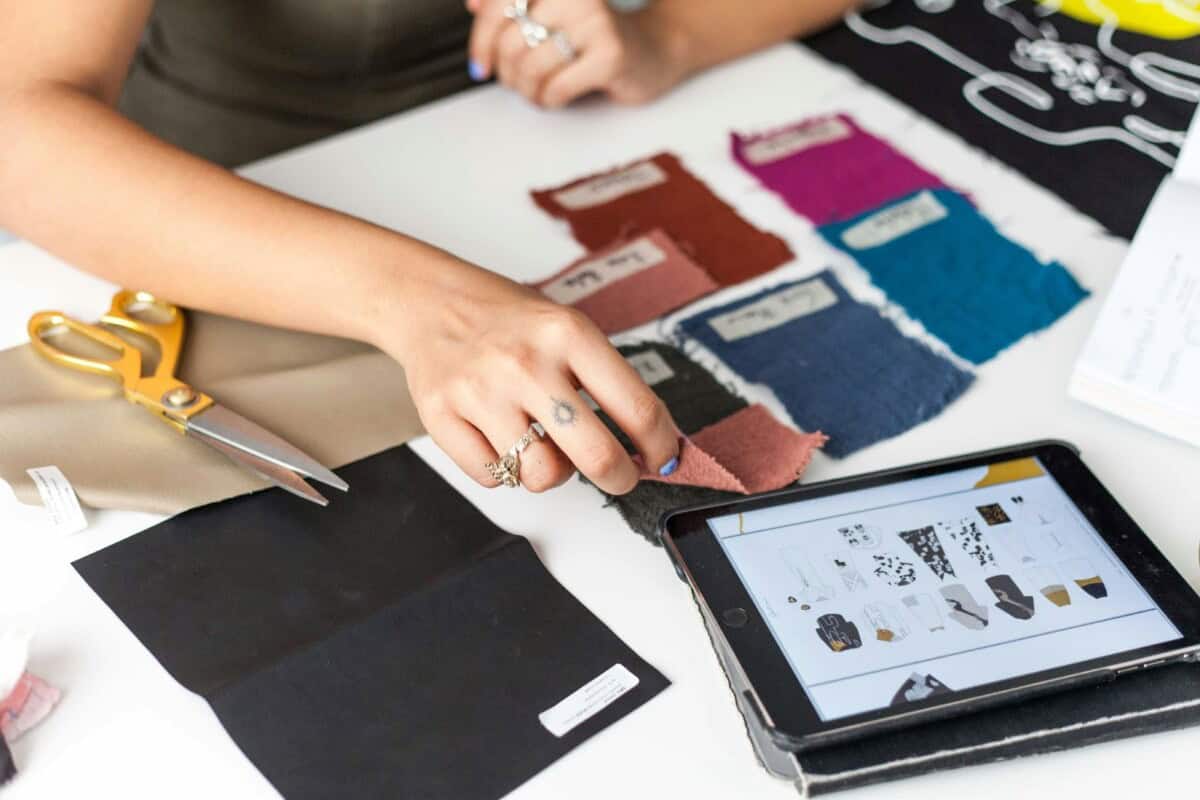
In today’s evolving textile landscape, artificial intelligence is not simply an add-on—it’s a hands-on tool that helps designers experiment, iterate, and refine their work. By merging traditional craft with digital creativity, AI is enabling textile professionals and enthusiasts to explore new visual territories. This article offers a look into practical steps for creating fabric designs with AI image generators, alongside real-world examples and considerations.
From Concept to Creation: AI Image Generation in Textiles
At the heart of modern textile design is the ability to quickly translate ideas into visual prototypes. AI image generators such as DALL-E, Midjourney, and Stable Diffusion empower designers to generate a range of design options from a simple text prompt. For instance, exploring an AI Tool for Image Generation Free can help you test various prompt formulations without initial costs. Here’s a practical approach:
- Selecting the Right Tool:
Choose an AI platform that best suits your design needs. Midjourney often produces artistic, expressive textures, while DALL-E offers high-detail, realistic outputs. Experiment with different tools to see which one aligns with your creative vision. - Crafting Effective Prompts:
The key is to be specific. Instead of a vague “modern textile,” try a prompt like “intricate woven pattern with vintage hues and delicate lace motifs.” Including details such as color palette, texture, and style modifiers helps the AI better understand your intent and produces outputs closer to your vision. - Refining Through Iteration:
Generate several outputs and compare variations. Small changes in phrasing can lead to diverse design outcomes. Once you select a promising design, use traditional software like Photoshop or CAD to tweak details—ensuring the pattern is production-ready.
This iterative workflow allows designers to move from abstract ideas to tangible designs that meet both aesthetic and functional requirements.
Bridging the Digital and Physical Worlds
AI isn’t limited to design creation—it also plays a role in verifying that digital patterns can be effectively translated into physical products. Computer vision tools integrated on production lines inspect fabrics for defects like misaligned patterns or inconsistent colors. This method exemplifies how textile design powered by AI can bridge the gap between digital creativity and tangible production, ensuring that innovative designs generated digitally maintain quality when woven or printed in the real world.
Collaborative Integration for Enhanced Creativity
Rather than replacing traditional methods, AI acts as a co-pilot. Designers can leverage AI’s rapid prototyping to gather inspiration and then apply their skills to refine and adjust the patterns. Some practical examples include:
- Rapid Prototyping:
Use AI to produce dozens of pattern variations. Designers can select elements from different outputs to create a composite design that embodies a unique style. - Custom Pattern Generation:
For personalized collections, input customer data such as preferred colors or motifs into the AI tool. The system generates custom textile designs that reflect individual tastes while adhering to production constraints. - Tool Synergy:
Integrate AI outputs with traditional design software. For example, an initial design created in DALL-E might be imported into Adobe Illustrator for vector refinement, ensuring the final design is both visually striking and technically precise.
Looking Ahead
As the textile industry embraces these practical applications of AI, the result is an exciting blend of human insight and digital precision. The process is iterative and collaborative, where the designer’s eye for detail and cultural nuance fine-tunes AI-generated ideas into fabrics that tell a story. In this emerging era, textile design is not just about rapid production—it’s about exploring creative boundaries and translating digital visions into tangible art.







